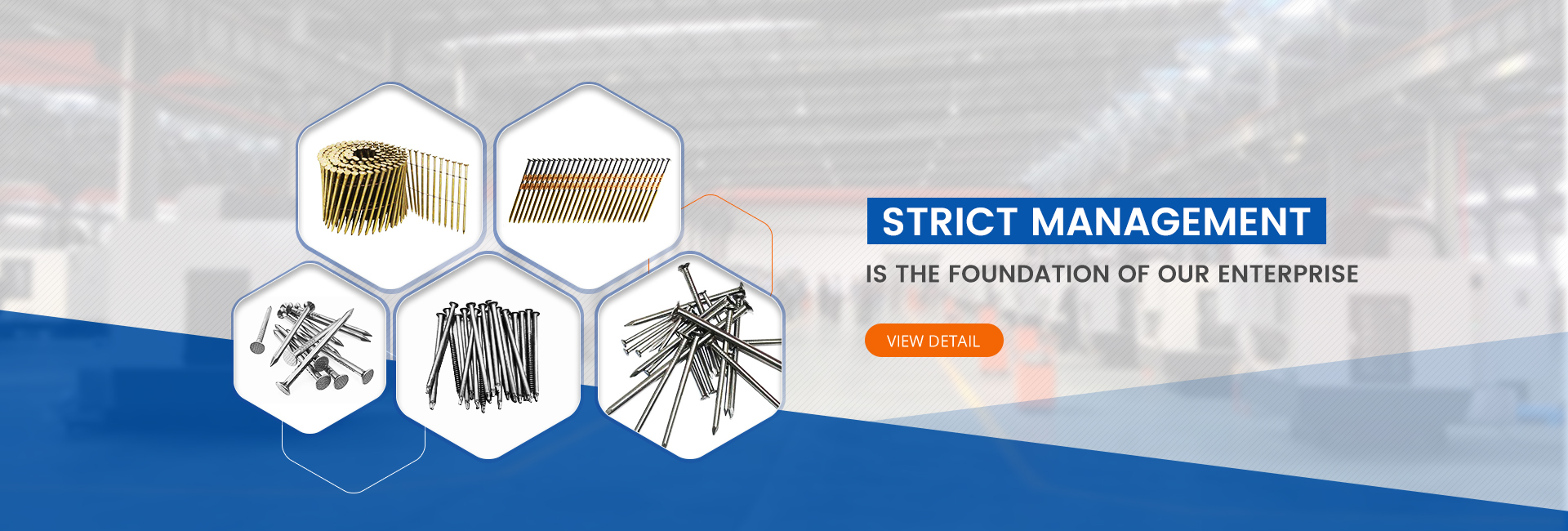Pallet dismantling is an essential process for recycling or reusing wooden planks and components. Whether it's for repurposing materials or disposing of damaged pallets, using the right tools and techniques is crucial for maintaining the integrity of the components and ensuring safety. This article explores the most effective methods for removing nails from pallets, highlights essential safety practices, and provides a step-by-step guide to facilitate the dismantling process.
Essential Tools for Pallet Dismantling
To effectively dismantle pallets, a combination of specialized tools is required.
- Curved Crowbar (Palanca Curva): Ideal for prying apart pallet planks and loosening the blocks. The crowbar should be used before attempting to extract the nails.
- Claw Hammer (Martillo con Punta): Useful for pulling out nails with heads, a claw hammer allows for precise extraction by leveraging the nail out.
- Pincers (Tenazas): For nails without heads, pincers are used to grip and extract nails with minimal damage to the wood.
- Reciprocating Saw (Sierra de Sable): For tougher pallets or those with stubborn nails, a reciprocating saw can be used to cut through the fasteners quickly.
Safety Precautions for Pallet Dismantling
Working with pallets often involves dealing with rough wooden surfaces and sharp nails, making safety equipment indispensable.
- Protective Gloves: Thick gloves protect hands from splinters and cuts, ensuring safer handling.
- Goggles: Safety goggles prevent debris from entering the eyes while dismantling.
- Stable Work Surface: Secure the pallet firmly to prevent it from slipping during the dismantling process.
Step-by-Step Guide to Removing Nails from Pallets
Separating the Blocks from the Planks
- Start by loosening the planks using a hammer, striking them gently from the sides.
- Once the planks begin to separate, insert the crowbar between the block and the plank.
- Use the hammer again to drive the crowbar deeper, then apply leverage to separate the two pieces.
- Repeat this process along each side of the block until the planks are detached.
Extracting Nails from the Planks
- Once the planks are separated, nails remain embedded in the wood.
- Use the claw hammer to remove nails with heads, ensuring the hammer’s head is pressed firmly against the plank to create leverage.
- For thin nails, a staple remover (sacagrapas) can be effective in extracting them.
Handling Headless Nails
- Headless nails can be tricky to remove. Use pincers to grip the exposed part of the nail.
- If the nail is deeply embedded, lightly sand the surrounding area to expose it before gripping it with the pincers.
- Once secured, use the claw hammer as a lever by placing its head under the pincers to facilitate extraction.
Removing Embedded or Rusted Nails
For nails that are heavily embedded or rusted:
- Hydrogen Peroxide (Agua Oxigenada): Apply to the affected area to loosen the rust and make extraction easier.
- Heat Application: Heating the nail can also make it easier to extract. A heat source such as a blowtorch can be used carefully to soften the nail’s grip. However, this method should be used cautiously to avoid damaging the wood’s surface.
Using a Reciprocating Saw for Tough Pallets
When dealing with tough pallets or when preserving planks is not a priority, a reciprocating saw can be a time-saving solution.
- Position the blade between the planks and blocks to cut through the nails.
- Use a metal-cutting blade to ensure clean cuts, preventing damage to the wood.
Sustainable Practices and Recycling Opportunities
Pallet dismantling not only prevents waste but also allows for the repurposing of wood for DIY projects, furniture, and other applications. By carefully dismantling pallets and salvaging high-quality wood, individuals and businesses contribute to sustainability while reducing costs.
Pallet dismantling is an essential process for recycling or reusing wooden planks and components. Whether it's for repurposing materials or disposing of damaged pallets, using the right tools and techniques is crucial for maintaining the integrity of the components and ensuring safety. This article explores the most effective methods for removing nails from pallets, highlights essential safety practices, and provides a step-by-step guide to facilitate the dismantling process.
Essential Tools for Pallet Dismantling
To effectively dismantle pallets, a combination of specialized tools is required.
- Curved Crowbar (Palanca Curva): Ideal for prying apart pallet planks and loosening the blocks. The crowbar should be used before attempting to extract the nails.
- Claw Hammer (Martillo con Punta): Useful for pulling out nails with heads, a claw hammer allows for precise extraction by leveraging the nail out.
- Pincers (Tenazas): For nails without heads, pincers are used to grip and extract nails with minimal damage to the wood.
- Reciprocating Saw (Sierra de Sable): For tougher pallets or those with stubborn nails, a reciprocating saw can be used to cut through the fasteners quickly.
Safety Precautions for Pallet Dismantling
Working with pallets often involves dealing with rough wooden surfaces and sharp nails, making safety equipment indispensable.
- Protective Gloves: Thick gloves protect hands from splinters and cuts, ensuring safer handling.
- Goggles: Safety goggles prevent debris from entering the eyes while dismantling.
- Stable Work Surface: Secure the pallet firmly to prevent it from slipping during the dismantling process.
Step-by-Step Guide to Removing Nails from Pallets
Separating the Blocks from the Planks
- Start by loosening the planks using a hammer, striking them gently from the sides.
- Once the planks begin to separate, insert the crowbar between the block and the plank.
- Use the hammer again to drive the crowbar deeper, then apply leverage to separate the two pieces.
- Repeat this process along each side of the block until the planks are detached.
Extracting Nails from the Planks
- Once the planks are separated, nails remain embedded in the wood.
- Use the claw hammer to remove nails with heads, ensuring the hammer’s head is pressed firmly against the plank to create leverage.
- For thin nails, a staple remover (sacagrapas) can be effective in extracting them.
Handling Headless Nails
- Headless nails can be tricky to remove. Use pincers to grip the exposed part of the nail.
- If the nail is deeply embedded, lightly sand the surrounding area to expose it before gripping it with the pincers.
- Once secured, use the claw hammer as a lever by placing its head under the pincers to facilitate extraction.
Removing Embedded or Rusted Nails
For nails that are heavily embedded or rusted:
- Hydrogen Peroxide (Agua Oxigenada): Apply to the affected area to loosen the rust and make extraction easier.
- Heat Application: Heating the nail can also make it easier to extract. A heat source such as a blowtorch can be used carefully to soften the nail’s grip. However, this method should be used cautiously to avoid damaging the wood’s surface.
Using a Reciprocating Saw for Tough Pallets
When dealing with tough pallets or when preserving planks is not a priority, a reciprocating saw can be a time-saving solution.
- Position the blade between the planks and blocks to cut through the nails.
- Use a metal-cutting blade to ensure clean cuts, preventing damage to the wood.
Sustainable Practices and Recycling Opportunities
Pallet dismantling not only prevents waste but also allows for the repurposing of wood for DIY projects, furniture, and other applications. By carefully dismantling pallets and salvaging high-quality wood, individuals and businesses contribute to sustainability while reducing costs.

Post time: Mar-24-2025



